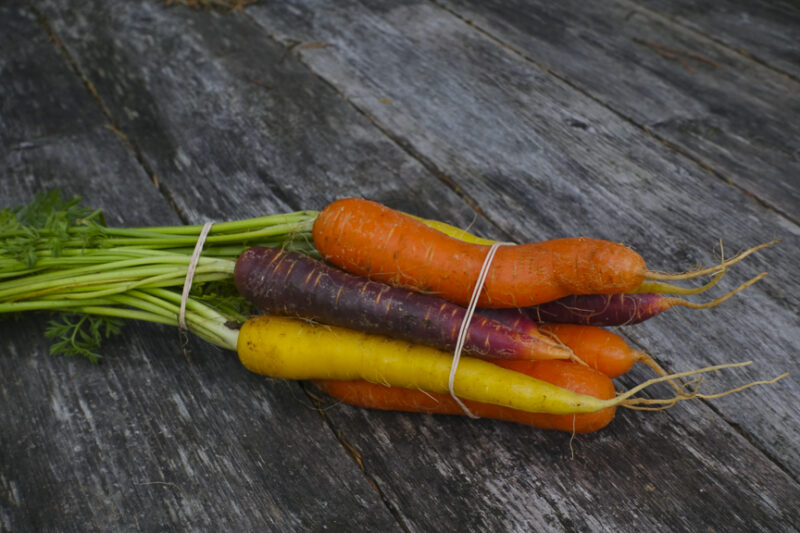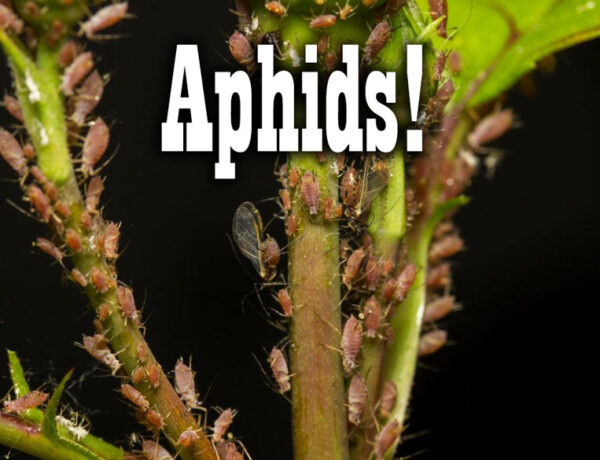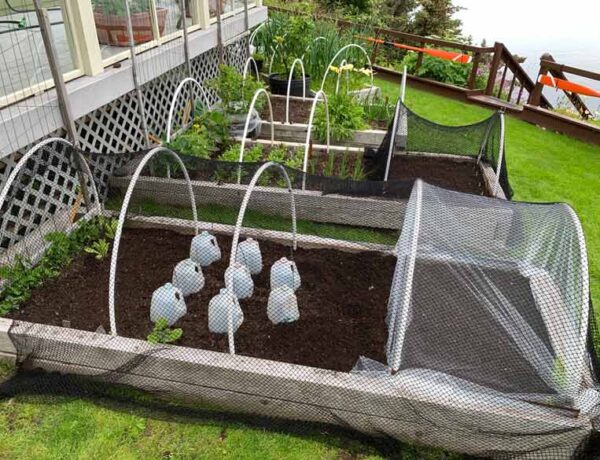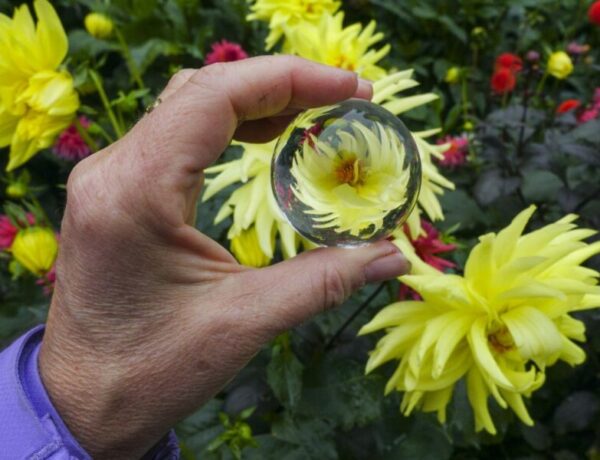As I sipped my coffee, a large BC Ferry made its way through the narrow, granite-lined channel in front of the bed and breakfast we were staying in on Salt Spring Island, British Columbia. It was October 11, a soft, overcast day; the day before Canada’s Thanksgiving. Our hosts who lived upstairs, had loaded the fridge with a do-it-yourself breakfast: Berry muffins from a local bakery, strawberries, blueberries and the best yogurt I’d ever tasted.
We were spending time, or killing time I should say, before heading off to Italy. Our original plans were to travel around the American Southwest, but we flipped our agenda when temps continued to hover around 100 degrees F in Zion National Park.
Okay, I was the one who chose Salt Spring. A purely selfish move on my part after being inspired some 10 years ago by a book written by Michael Ableman, a farmer-author who lives there. “Fields of Plenty: A Farmer’s Journey in Search of Real Food and the People Who Grow It,” was a
Christmas gift ten years ago. When I unwrapped the package on Christmas morning and started reading, I didn’t put the book down until dinnertime.
Fields of Plenty is a hopeful memoir, a travelogue, of the journey he and his son took from British Columbia across the U.S. in search of innovative and passionate farmers who were making a difference in what how we experience food. For me–in the face of fast-food nations, corporate controlled food, and global food security issues–the book’s collection of stories and photographs was music to my soul.
So there we were, my husband Marty and I, on Salt Spring Island, a beautiful ferry ride between mainland British Columbia and Vancouver Island. Salt Spring, by the way, is the largest, most populous and the most frequently visited of the southern Gulf Islands–but please, don’t let that scare you off from visiting.
Originally settled by the Salish First Nations people, today Salt Spring (or Saltspring) is a cornucopia of artists, farmers, chefs, mechanics, romantics, writers, and retirees who consider the island as one of the world’s best places to visit, work and play. The New York Times calls is “one of the prettiest artist towns in North America.” Believe me, I had fun taking pictures.
After breakfast, Marty and I hopped in the car and headed out on our quest to find Michael Ableman’s Foxglove Farm. We stopped at the visitor center, where a young man gave us a photocopy of a map showing the location of all the local, organic farms. There were so many, the original map-maker probably had to reduce the text to a font size of 2 to fit them all in.
As we make our way along winding, 2-lane roads, we passed vineyards, signs for yoga centers and pottery studios, trailheads and orchard after orchard. “You can find 300 kinds of apples on this island,” a coffee shop barista in Ganges, the largest village on the island, told us.
Turning off the main road, we drove through a stand of tall cedars and stopped at a gate decorated with a welcome sign, map and description of the 120-acre farm, located on one of the island’s original homesteads.
“Foxglove Farm is home to the Centre for Arts, Ecology & Agriculture,” said one poster. “The Centre was established to demonstrate and interpret the vital connections between farming, land stewardship, food, the arts, and community well being. Public programs, classes, and events are offered throughout the summer and fall.”
Another sign reminded us to close the gate after we entered…
As a side note: In January 2014, the New York Times ran an article called, The Elders of Organic Farming, about a weeklong conference that took place at the Esalen Institute in Big Sur, California. In attendance were two dozen organic farmers from the United States and Canada to share decades’ worth of stories, secrets and anxieties. One of the overriding concerns of these agrarian rock stars was how will they be able to retire and how will they pass their knowledge to the next generation?
Michael Ableman, one of the event’s organizers, said the concerns were part of a much larger issue, a “national emergency,” he called it. According to the Census Bureau, farmers are aging.
The average age of the American farmer is 57, and the fastest-growing age group for farmers is 65 and over.
We parked the car near what looked like the farm’s main house. We knocked on the front door. No reply. We peaked inside. A basket of apples, several pairs of boots and a warm glow from the woodstove greeted us. We decided to walk the property in search of someone, anyone.
We wandered past log cabins, hoophouses of tomatoes, orchards of yellow quince and apples, and carefully tended plots of asparagus and greens. We heard voices in the distance, so we took off in their direction. A dog greeted us as we found Michael, dressed in gray jeans, a blue work shirt and a gray knit hat, tugging at a long sheet of plastic laying on the ground at the base of hoophouse supports.

My husband Marty helps out by tying up the hoophouse’s plastic cover while Michael and son sow crop seed.
“We just harvested the melons from here, and then last night’s wind took the plastic down.” Marty helped him secure the plastic cover at the base of each support with scraps of twine, we chatted a bit, introducing ourselves and asking about his future projects.
“I’m working on a book about the harvest, but I’m a year behind,” Michael said. Then he hopped on a tractor with his son. “I need to sow a cover crop of legumes and winter wheat before the rains come.” He finished in about ten minutes, then together we walked around the farm, shared stories and chatted with guests staying at the retreat.
We learned something else about Michael: One of his current passions is Sole Food Street Farms in Vancouver, BC, one of the most densely populated cities in North America. Founded in 2008 by Michael and Seann Dory, Sole Food’s mission is to provide low-income residents of the Downtown Eastside with jobs, agricultural training, and inclusion in a supportive community of farmers and food lovers (farmer’s markets, local restaurants and CSA Community Supported Agriculture) ]subscribers. (Click here to support Sole Food Street Farms).
“We envision a future where small farms thrive in every neighborhood, where good food is accessible to all, and where everyone participates in the process. Sole Food is helping to fulfill this vision by marrying innovative farming methods with concrete social goals.” — Michael Ableman | Co-Founder/Director
The concept is a brilliant one and should be implemented in cities around the world. Here’s how it works:
Sole Food transforms urban land into farms and orchards. The sites are leased to them by the city or landowners on a temporary year-to-year basis. As you can imagine, the soil at these sites is contaminated and not suitable for growing crops. So crops are planted in raised, moveable planters which keep them separate from the soil or concrete and allows them to be moved with a forklift on short notice should the land be developed.
In the process, Sole Food provides jobs to residents in the downtown Eastside of Vancouver who are working through the challenges of material poverty, addiction, and mental illness while generating large quantities of food.
Wow. Hold the phone. Real solutions here.
As we made our way back to the main house, Michael handed us some purple, orange and red carrots, tied together with string. “Glad you both stopped by. And thanks for your help. You never know, we just might come to Kodiak,” he said.
That, my friend, would be an honor.
And to think our journey to Salt Spring Island all started back in 2005 with a Christmas gift…















No Comments